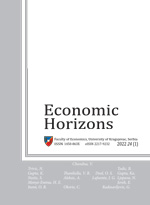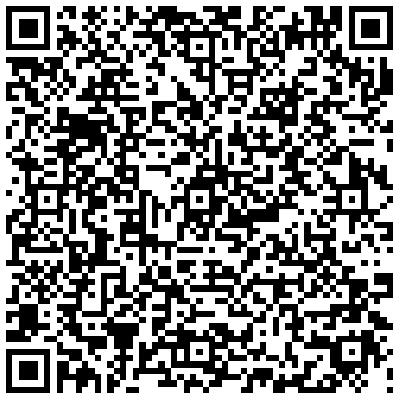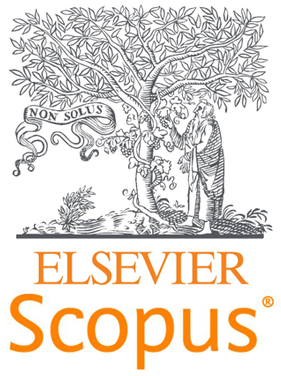AN ANALYSIS OF THE ACCEPTANCE OF LOOT BOXES USING THE MODIFIED TECHNOLOGY ACCEPTANCE MODEL: THE EMPIRICAL EVIDENCE FROM VIDEO GAME PLAYERS IN SERBIA
Nenad Tomić and Marija Mirić
Faculty of Economics, University of Kragujevac, The Republic of Serbia
Business models in the video game industry have shifted from physical to digital. With microtransactions, game producers have been provided with the ability to charge for extra in-game content. Loot boxes are one of the most controversial forms of microtransactions in video games. These are the prize packages that consist of one or multiple virtual items, whose specific content remains unknown to the player prior to opening. This study is aimed at identifying the combination of the factors that act as motivators for players in Serbia to engage themselves in monetary transactions for the purchase of loot boxes. To address the requirements of the study, modifications were made to the fundamental Technology Acceptance Model (TAM) so as to encompass the additional variables that had been perceived as significant for players’ decision-making processes. The findings of the study indicate the fact that the “perceived enjoyment, customization”, and “perceived ease of use” variables are the important factors that can predict the “perceived usefulness of loot boxes” variable. Additionally, the “perceived usefulness of loot boxes” and “propensity for gambling” variables are significant predictors of players’ intention to purchase. Furthermore, the “intention to purchase loot boxes” variable has a statistically significant impact on the “actual use of loot boxes” variable.
Keywords: loot boxes, microtransactions, TAM, gambling propensity, customization
JEL Classification: D91, L82, L83, L86, O33




